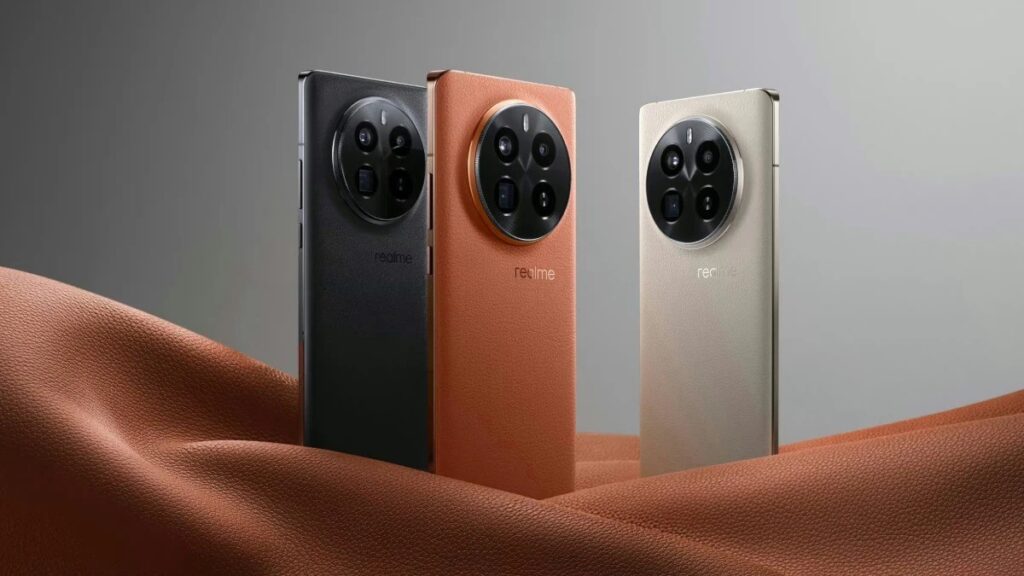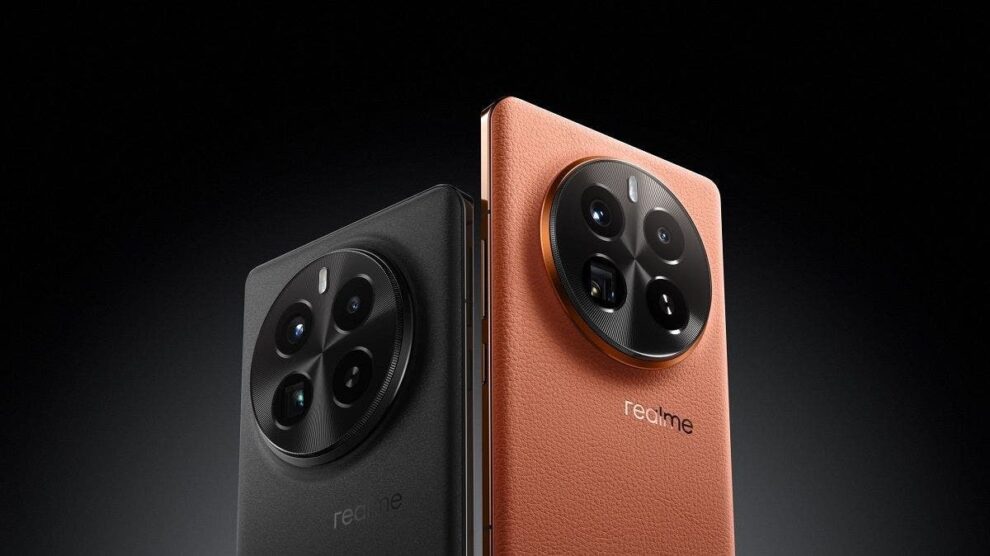The timing of these review units is particularly noteworthy, as evidenced by the packaging still bearing the “Snapdragon 8 Gen 4” designation – a testament to just how early in the production cycle these units were prepared. This eagerness to get devices into reviewers’ hands speaks volumes about the competitive nature of the flagship smartphone market and the importance of being first to market with new technology.

The Evolution of Mobile Processing
To understand the significance of the Snapdragon 8 Elite’s debut in the Realme GT 7 Pro, it’s essential to consider the broader context of mobile processing evolution. The mobile chipset industry has seen remarkable advancement over the past decade, with each generation pushing the boundaries of what’s possible in a smartphone form factor.
Recent Developments in Mobile Architecture
- Increased focus on AI and machine learning capabilities
- Push for better power efficiency while maintaining performance
- Integration of advanced GPU architectures
- Enhanced thermal management solutions
Early Performance Insights
Benchmark Results and Thermal Behavior
The initial testing by prominent tech reviewers has revealed interesting patterns in the device’s performance:
The phone can’t even finish any of the initial GPU stress tests for heating issues,” reports Android Authority, highlighting one of the primary concerns emerging from early testing.
Key Findings:
- Initial GPU stress tests showed thermal throttling
- Disguised benchmark apps performed differently
- Real-world gaming showed minimal heat increase
- General performance metrics showed promise
Understanding Benchmark Optimization
The disparity between standard and disguised benchmark results brings attention to a common practice in the smartphone industry: benchmark optimization. This practice has been a point of contention among reviewers and consumers alike.
Impact of Optimization:
- Artificial performance boost in synthetic benchmarks
- Potential thermal management trade-offs
- Discrepancy between benchmark and real-world performance
- Questions about manufacturer transparency
Digital Trends noted “only a hint of increased heat” during extended gaming sessions, suggesting that real-world performance may be more stable than synthetic tests indicate.
Looking Beyond the Numbers
The early reviews of the Realme GT 7 Pro raise important questions about how we evaluate smartphone performance:
Key Considerations:
- The relevance of synthetic benchmarks in real-world usage
- The balance between peak performance and sustained usage
- The role of software optimization in hardware performance
- The importance of thermal management in modern smartphones
Industry Implications
The launch of the Realme GT 7 Pro with the Snapdragon 8 Elite has broader implications for the smartphone industry:
Market Impact:
- Sets expectations for other manufacturers’ implementations
- Highlights the importance of software optimization
- May influence future thermal design approaches
- Could affect consumer expectations of flagship performance
Future Outlook
As more manufacturers begin to release devices powered by the Snapdragon 8 Elite, several factors will be worth monitoring:
- Different thermal solutions across manufacturers
- Various approaches to performance optimization
- Impact of software updates on initial performance issues
- Consumer response to real-world performance










Add Comment